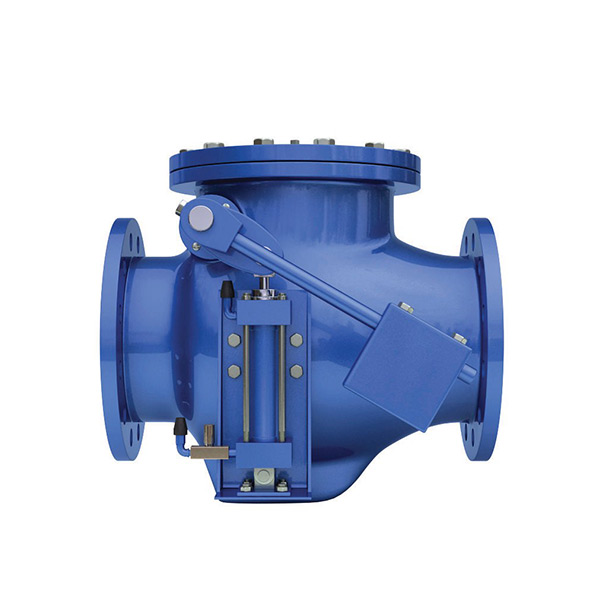Contact information

Check valve
A check valve is a type of valve designed to allow fluid (liquid or gas) to flow in one direction only, preventing reverse flow (backflow) in a pipeline. This self-operating valve relies on the pressure of the flowing fluid to open and close the valve, ensuring that it does not reverse direction.
Key Features of Check Valves:
One-Way Flow:
The primary function of a check valve is to allow flow in one direction and automatically close when flow reverses. This helps protect pumps, compressors, and other equipment from damage caused by backflow.
Non-Manual Operation:
Unlike many other valves, check valves do not require manual intervention or an actuator to operate. The valve opens or closes based on the fluid's pressure.
Closing Mechanism:
Spring-loaded Check Valve: A spring inside the valve forces the valve to close when the flow direction is reversed.
Swing Check Valve: The valve has a hinged disc that swings to open or close, depending on the flow direction.
Lift Check Valve: The valve’s disc or poppet is lifted from the seat when fluid flows in the correct direction and closes when flow reverses.
Types of Check Valves:
Swing Check Valve:
A hinged disc swings open or closed depending on the flow direction. When flow is in the correct direction, the disc is lifted off the seat, allowing the fluid to pass. If the flow reverses, the disc swings back and blocks the flow.
Application: Often used in larger pipelines with low-pressure systems.
Lift Check Valve:
Uses a disc or poppet that lifts off the valve seat when the flow is in the correct direction. If the flow reverses, the pressure forces the disc back onto the seat, sealing it off.
Application: Common in smaller pipelines and systems where precise control of backflow is needed.
Ball Check Valve:
Uses a ball that sits against the valve seat. When flow is in the right direction, the ball is pushed away from the seat, allowing fluid to pass. When the flow reverses, the ball is pushed back into the seat to block the flow.
Application: Often used in applications requiring high-flow, high-pressure tolerance.
Diaphragm Check Valve:
This valve uses a flexible diaphragm to allow or prevent flow. When the fluid flows in the right direction, the diaphragm is lifted, and when the flow reverses, the diaphragm closes off the flow.
Application: Used in lower-pressure systems, such as in medical devices, or in applications where low leakage is critical.
Wafer Check Valve:
A compact valve designed to be inserted between two flanges without additional flanges. It typically uses a spring or swing mechanism to prevent backflow.
Application: Used in situations where space is limited, such as in HVAC or water systems.
Spring-Loaded Check Valve:
The valve contains a spring that ensures the valve closes when the flow direction reverses, preventing backflow.
Application: Commonly used in pipelines with low-pressure systems or where a quick response to changes in flow is necessary.
Applications of Check Valves:
Pumps: Check valves protect pumps by preventing backflow that could damage the pump or cause reverse flow.
Water and Wastewater Systems: To prevent contamination of potable water or the reverse flow of wastewater in treatment plants.
HVAC Systems: Check valves are used to prevent backflow of water or refrigerants in heating and cooling systems.
Oil and Gas: In pipelines, check valves prevent the backflow of oil or gas, which can be dangerous and lead to system damage.
Marine Applications: Check valves are used to prevent seawater from flowing back into the boat or ship's engine systems.
Advantages:
Automatic Operation: No need for external power or manual intervention.
Prevents Damage: Protects equipment, especially pumps and compressors, from backflow and the associated damage.
Compact and Reliable: Compact design and simple construction with few moving parts make it reliable and durable.


